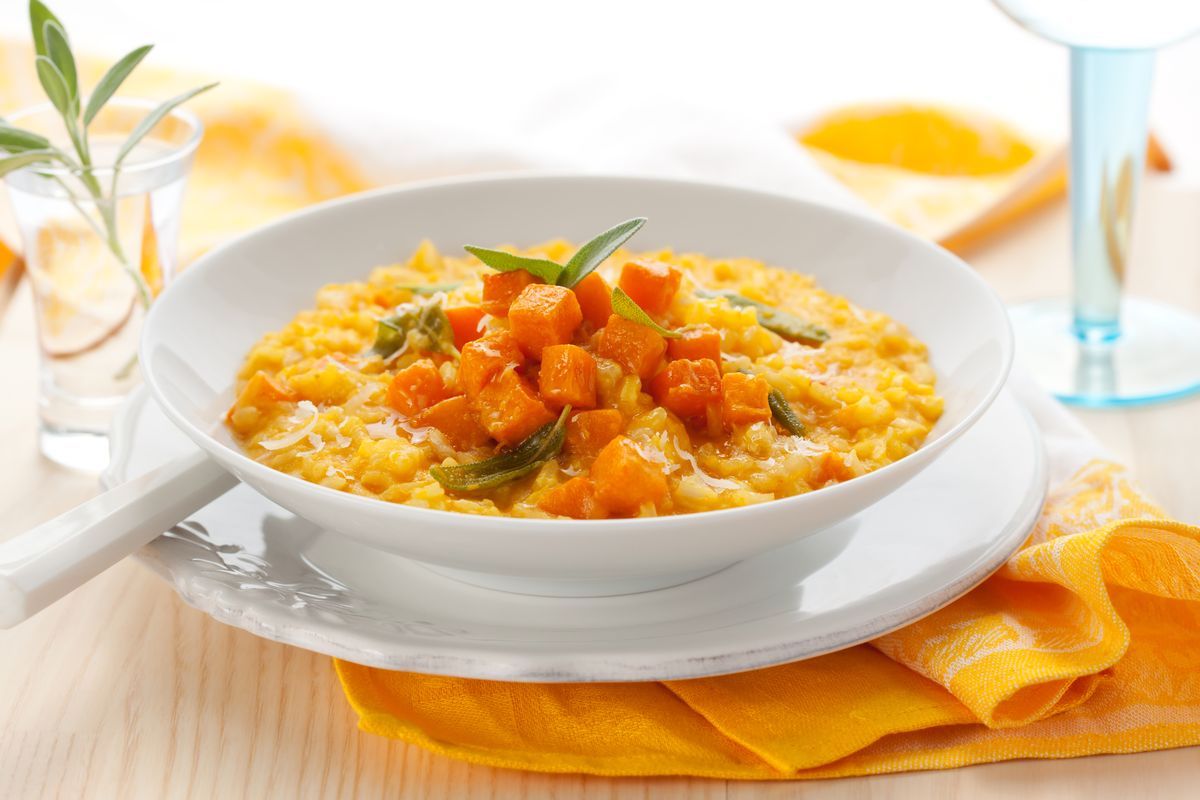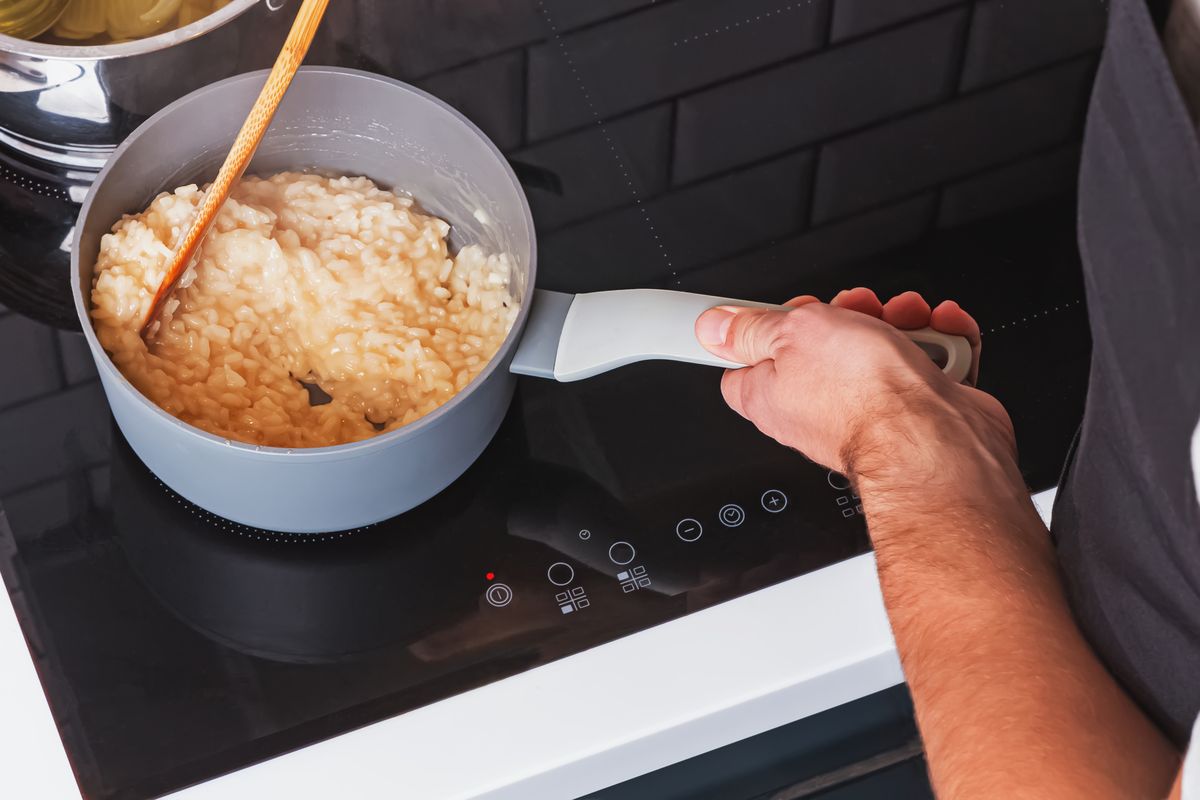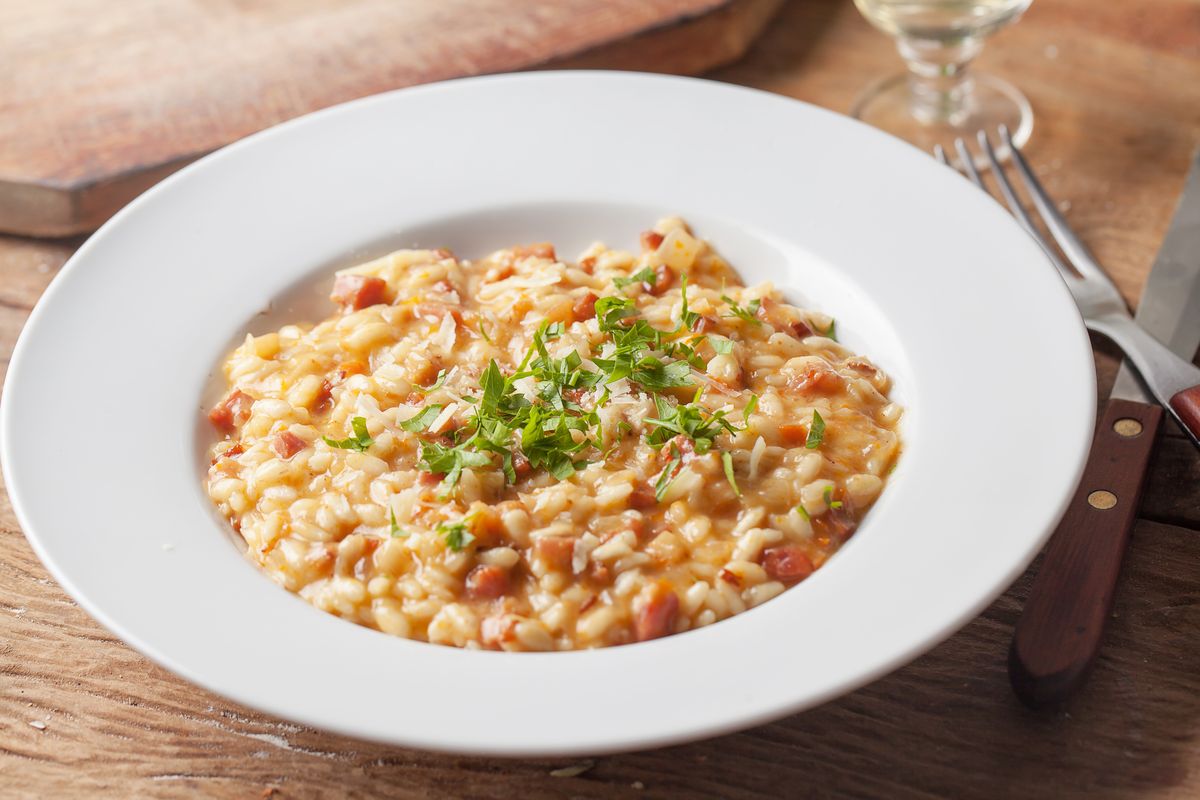Recipes
The 7 steps to make a perfect risotto!


Preparing a perfect risotto means using fresh ingredients and following all the phases carefully up to the creaming. Here are the 7 steps to make an unforgettable risotto!
Anyone who loves cooking has certainly tried their hand at preparing a risotto over the course of their life, a first course that offers the possibility of creating many different recipes . From saffron risotto to mushroom risotto, up to the most sophisticated and complex combinations, there are many variations that can be prepared. But have you ever wondered how to make a perfect risotto?
All risottos have phases and steps in common, which if you follow them well will lead you to create amazing dishes. Are you ready to know all the secrets to preparing a perfect risotto? So let's get started!

All the secrets for the perfect risotto
1. The broth
First of all, it is essential to use fresh, quality ingredients, starting with the preparation of the broth. If you want an impeccable risotto, forget about cubes and anything else and prepare a homemade broth . For example, boil celery, carrots and onion in water with salt and pepper for just 10 minutes, so as to release all the aromas and not cloud the water. This way you will have an excellent vegetable broth . For other risottos, however, you will need a meat or fish broth. So, remember: for a great risotto you need a great broth!
2. Toast the rice
The first phase is the sauté which is prepared with onion or leek or shallot (for fish dishes the ideal is a clove of garlic left whole and then removed) and fat. Risotto is a poor dish born between Piedmont and Lombardy and traditionally butter should be used. However, no one is stopping you from opting for oil or vegetable butter.
The roasting phase follows, a fundamental step that allows the grain to maintain its consistency and compactness, and not give that boiled rice effect. Toasting rice means sautéing it in the saucepan for a few minutes, until it turns white . Some chefs even say to make it without seasonings, and to add the oil and onion (already fried and possibly blended) only when the rice is already toasted. Still others recommend salting and peppering the grain already at this stage. In short, whatever path you choose to take, remember not to skip this phase!
As regards the variety of rice, you can choose a classic Carnaroli or opt for Baldo, Vialone Nano or Arborio.
3. Deglaze the rice
This step is very simple but at the same time important: blending the rice means adding wine (or beer , if you make a beer risotto) immediately after the toasting phase. The alcohol will balance the flavor of the risotto with its acidity and will also dissolve any fats, giving life to a creamy risotto. Remember: the wine must always be cold so that it temporarily blocks cooking by sealing the grain.
4. How to cook rice
Here we are at the most important phase: cooking the rice. The cooking time of a risotto is from 15 to 18 minutes. You need to pour the broth gradually into the saucepan, making sure that it is always boiling and using a whisk (and not a wooden spoon!) to stir the rice: in this way the starch released by the grains will mount more easily and we will have an even better result. creamier. Alternatively you can use the appropriate wooden spoon with a hole in the centre .
Another tip regarding this phase: do not cook the risotto in a pan, but in a large saucepan with two handles. The most suitable materials are, in order, copper, aluminum and steel: the important thing is that they spread heat well.
5. The ingredients of the rice
During cooking, the main ingredients of our risotto are usually also added. There is no general rule, but usually if we are talking about vegetables that we want to cook or dissolve in rice, these should be added immediately at the beginning of cooking. If, however, we have an ingredient whose crunchiness and cooking we want to preserve, such as meat, fish or something else, we will cook it separately, inserting it only at the end of preparation .
6. Stir in the rice
Creaming is the phase that immediately follows cooking. As soon as the rice is cooked properly, turn off the heat and remove it from the heat. Some let it rest for a couple of minutes before adding a few knobs of cold butter (even better if frozen) and the cheese. It is very important to balance the doses well to avoid having a risotto that is too liquid, or on the contrary, too solid and compact. So still keep some broth for this phase, which you can add if you want to give the rice a creamier consistency.
7. The plating
Even the eye wants its part! For an excellent risotto, you also need excellent plating . Give vent to your imagination using pastry cutters, flat plates with decorations or soup plates. For this step there are no rules, but only your taste and imagination!
And now how about putting these tips into practice by preparing the most classic of risottos, the Milanese one.
Riproduzione riservata © - WT













